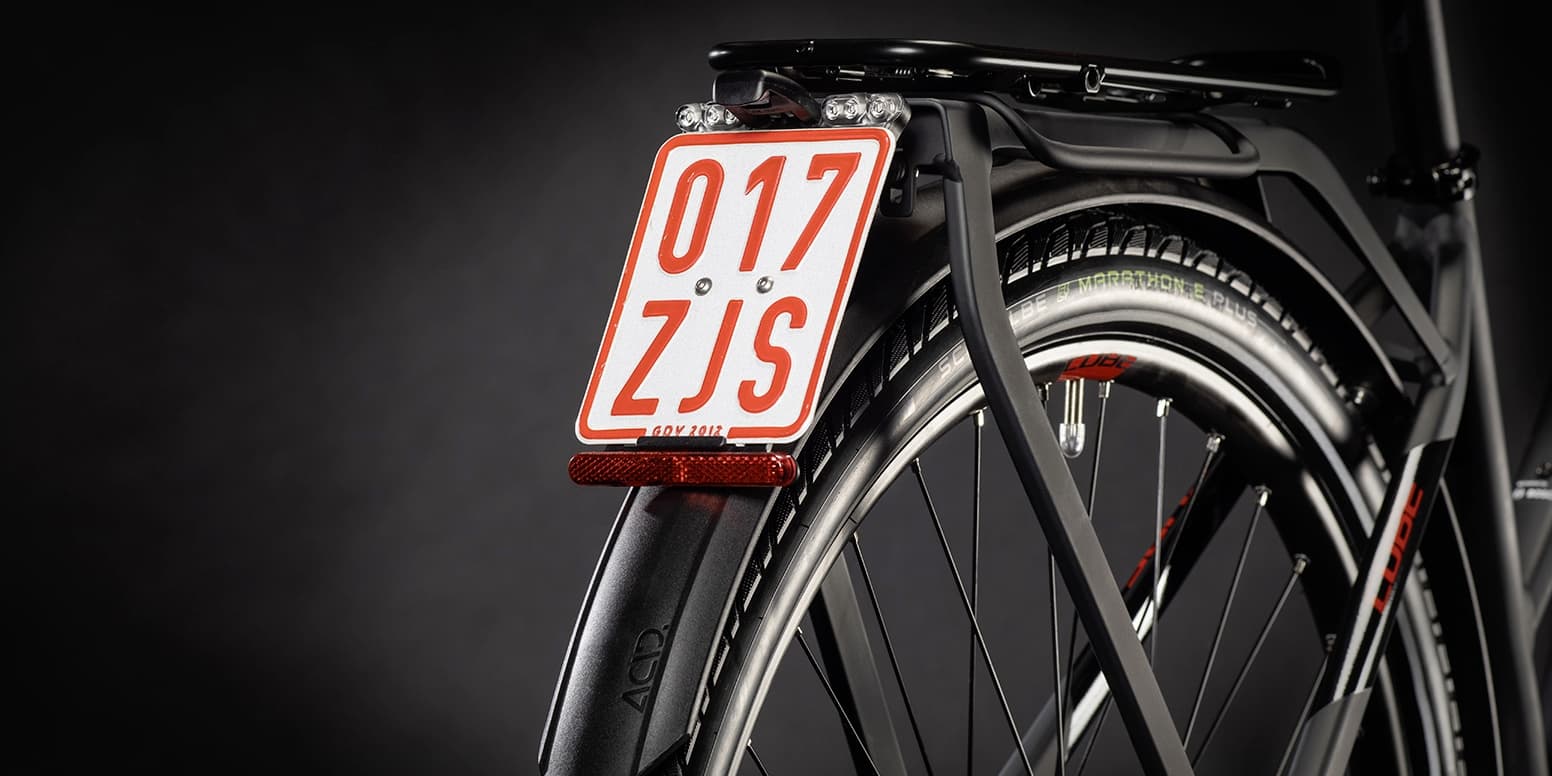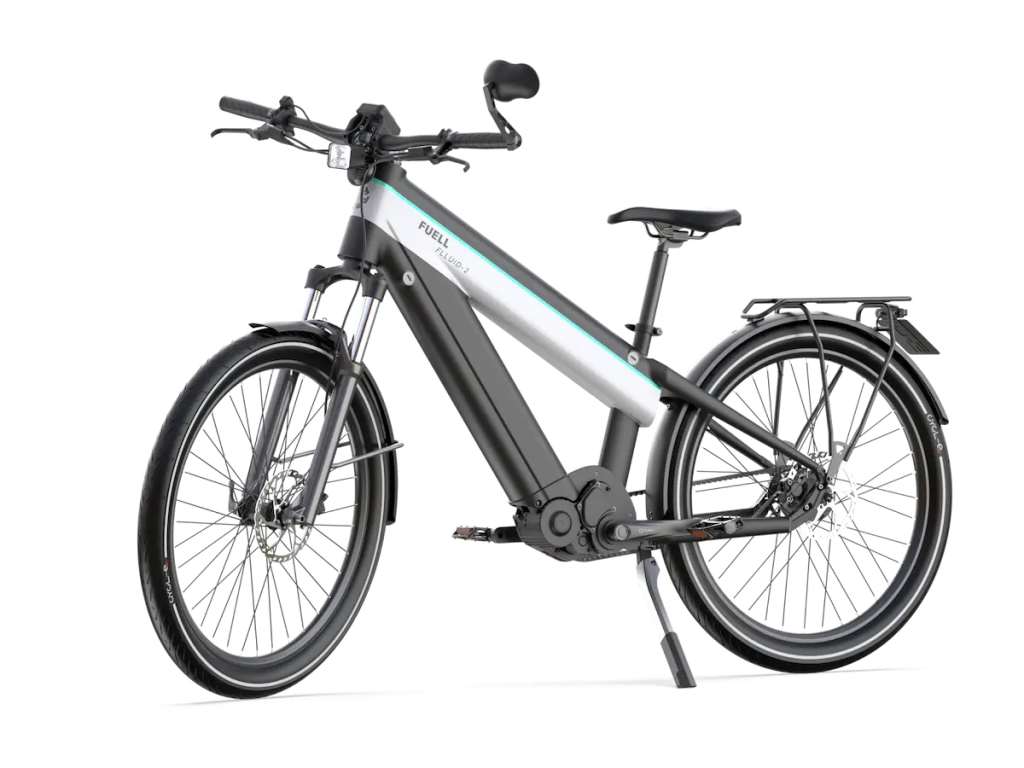
Could riders hoping to get their motorcycle license soon be able to take the exam on an electric bike? That’s the case in Belgium after a new policy goes into effect, and it could spread elsewhere.
Class 3 e-bikes that can reach up to 28 mph (45 km/h) are common in the US, and they don’t require any special license to ride them. But in much of Europe, these fast electric bicycles are considered to be their own class of “speed pedelecs” and fall under limited regulation including requiring a license plate and an AM license.
An AM license is the lowest level of motorcycle license in much of Europe, allowing riders to operate low-power motorcycles and scooters – usually up to 50cc engine capacity and with speeds up to 28 mph (45 km/h).
To receive an AM license riders nearly always take the test on a scooter – usually a 50cc-style combustion engine scooter. But starting this month, riders seeking an AM license in Belgium can take the test on a speed pedelec, or what most Americans know as a Class 3 electric bicycle.
That’s a first across Europe, according to the Light Electric Vehicle Association.

It’s a move that could reflect a changing industry that is seeing many more electric bikes incorporated into its ranks.
While the majority of electric bicycles in Europe have lower power and speed limits to avoid license and registration requirements, these faster speed pedelecs are becoming more popular among riders that want the convenience of a lighter vehicle as well as the exercise benefits of an electric bicycle.
Now those riders may not have to learn to ride a Vespa before they can travel around town on their electric bicycles.

Electrek’s Take
While this is an interesting move for just one region right now, it could speak to an important reevaluation of how we view motorcycle training in Europe and the US.
Electric motorcycles, electric scooters and speed pedelec e-bikes are becoming more common. While they require much of the same general riding knowledge of older combustion engine motorcycles, their operation is often sufficiently different that it can be a hinderance to train a rider on a vehicle they don’t intend to use.
I’ve taken motorcycle licensing classes on multiple continents and have always had to take the exam on a gasoline-powered motorcycle despite spending a solid 99% of my time on electric motorcycles. Until the LiveWire came out, it was my first time on a Harley-Davidson. And for another exam in another country, it remains my first and only time on a Kawasaki (at least until those electric Ninjas come out soon). While I did find the knowledge interesting from a practicality experience (and it allows me to borrow a friend or family member’s bike from time to time), many newer riders are intimidated by the steeper learning curve of combustion motorcycles. I’ve often heard that reason cited for not yet getting their motorcycle license.
Moving toward providing an option for electric motorcycles and e-mopeds during training and licensing can help increase accessibility and interest for more riders, and I think that’s a good thing. And when you consider all of those Sur Ron riders out there that have never had any formal training, perhaps this is a way to bring them into the fold and give them the skills to help them ride more safely.
FTC: We use income earning auto affiliate links. More.

